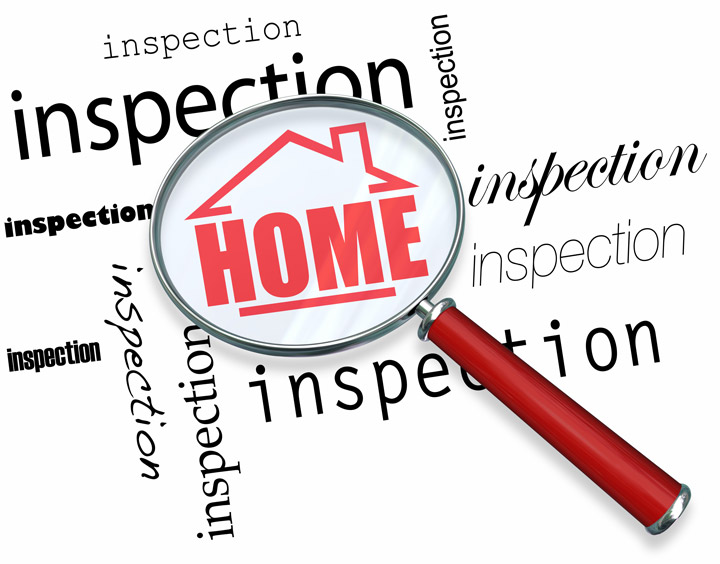
Home Appraisals: A PrimerGetting real estate is the biggest transaction many of us might ever consider. Whether it's where you raise your family, a seasonal vacation home or a rental fixer upper, purchasing real property is a complex financial transaction that requires multiple people working in concert to make it all happen. The majority of the participants are quite familiar. The real estate agent is the most familiar person in the exchange. Then, the lender provides the money necessary to bankroll the transaction. And ensuring all aspects of the sale are completed and that a clear title passes from the seller to the buyer is the title company. So, what party is responsible for making sure the value of the real estate is in line with the purchase price? This is where you meet the appraiser. We provide an unbiased opinion of what a buyer might expect to pay — or a seller receive — for a parcel of real estate, where both buyer and seller are informed parties. A licensed, certified, professional appraiser from Bajoras Appraisals will ensure, you as an interested party, are informed. The inspection is where an appraisal beginsOur first task at Bajoras Appraisals is to inspect the property to determine its true status. We must see aspects of the property hands on, such as the number of bedrooms and bathrooms, the location, and so on, to ensure they truly are there and are in the condition a reasonable buyer would expect them to be. The inspection often includes a sketch of the floorplan, ensuring the square footage is correct and illustrating the layout of the property. Most importantly, the appraiser looks for any obvious amenities - or defects - that would have an impact on the value of the house. Once the site has been inspected, we use two or three approaches to determining the value of the property: a sales comparison, a replacement cost calculation, and an income approach when rental properties are prevalent. 
Replacement CostThis is where the appraiser gathers information on local construction costs, the cost of labor and other elements to derive how much it would cost to replace the property being appraised. This figure usually sets the maximum on what a property would sell for. The cost approach is also the least used predictor of value. 
Analyzing Comparable SalesAppraisers become very familiar with the communities in which they appraise. They innately understand the value of certain features to the homeowners of that area. Then, the appraiser researches recent sales in the vicinity and finds properties which are 'comparable' to the subject at hand. Using knowledge of the value of certain items such as fireplaces, room layout, appliance upgrades, extra bathrooms or bedrooms, or quality of construction, we add or subtract from each comparable's sales price so that they more accurately portray the features of subject.
A valid estimate of what the subject could sell for can only be determined once all differences between the comps and the subject have been evaluated. At Bajoras Appraisals, we are an authority in knowing the worth of particular items in Pittsburgh and Allegheny County neighborhoods. This approach to value is commonly awarded the most weight when an appraisal is for a home exchange. Valuation Using the Income ApproachIn the case of income producing properties - rental houses for example - the appraiser may use an additional method of valuing a house. In this situation, the amount of revenue the property produces is factored in with income produced by neighboring properties to derive the current value. Arriving at a Value ConclusionExamining the data from all applicable approaches, the appraiser is then ready to stipulate an estimated market value for the property in question. The estimate of value at the bottom of the appraisal report is not necessarily what's being paid for the property even though it is likely the best indication of a property's valueThere are always mitigating factors such as seller motivation, urgency or 'bidding wars' that may adjust an offer or listing price up or down. Regardless, the appraised value is often used as a guideline for lenders who don't want to loan a buyer more money than the property is actually worth. The bottom line is, an appraiser from Bajoras Appraisals will guarantee you discover the most fair and balanced property value, so you can make the most informed real estate decisions. |